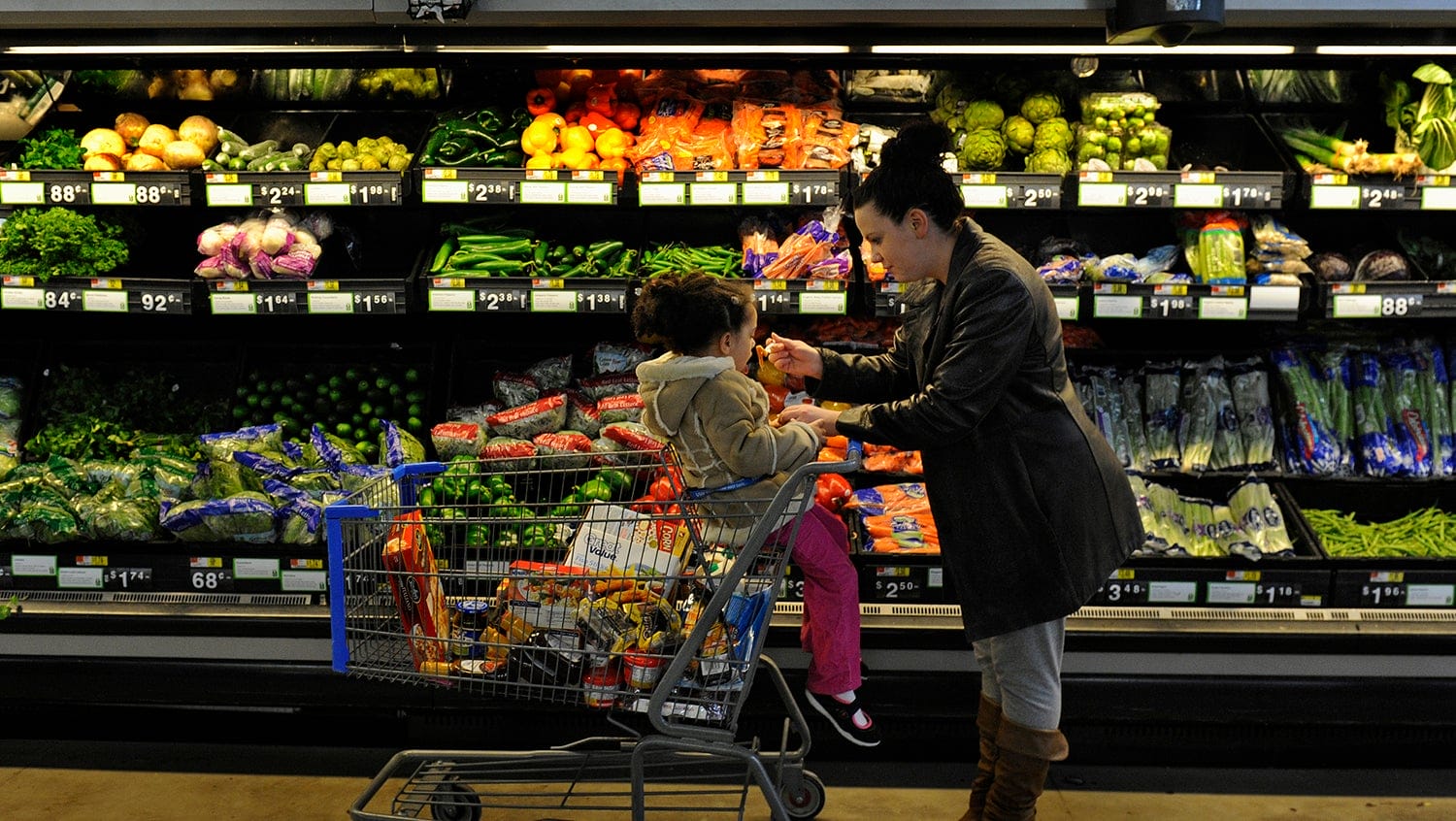Regional Differences in Food Prices Highlight Inadequacy of SNAP Benefits
September 26, 2019

A new study affirms SNAP's positive association with better health outcomes, but reveals regional gaps in its value.
THE BOTTOM LINE | In 2018, more than 37 million people in the U.S. lived in food-insecure households. The Supplemental Nutrition Assistance Program (SNAP) presents an opportunity to prevent food insecurity from endangering the present and future health of millions of children and caregivers while saving billions of dollars in healthcare costs. Investments into SNAP and other programs that could increase its value, therefore, may offer significant returns as health systems and policymakers try to decrease healthcare utilization and costs.
CONTEXT | Food insecurity during childhood jeopardizes children’s long-term mental and physical health. Studies have stressed ties between childhood food insecurity and a range of issues, including lower academic achievement, depressive or anxious symptoms, as well as chronic physical health problems. SNAP is the most expansive nutrition program in the nation. Still, the impact of SNAP benefits may vary according to regional food affordability, with high-cost food regions demonstrating greater food insecurity and poorer value of SNAP benefits — a phenomenon which may, in turn, affect families’ ability to pay for healthcare services among competing family expenses.
STUDY OBJECTIVE | Prior studies have examined specific aspects of SNAP’s influence on households with children, including early development, obesity, and food insecurity. However, this report concentrated on analyzing the impact of SNAP benefits on multiple health and economic factors, specifically child development, caregiver health, and affordability-related healthcare restrictions.
THE DETAILS | Using Children’s HealthWatch data gathered between 2006 and 2016, the researchers identified households with children under the age of 3 years across several U.S. cities. Researchers then examined the association between SNAP membership and food security, as well as child and caregiver health. Additionally, the study compared the likelihood of forgoing healthcare between SNAP participants and families who would likely meet SNAP eligibility criteria but were not enrolled.
FINDINGS | After controlling for food prices and additional elements, the study affirmed SNAP benefits’ positive influence on caregiver health and infant and toddler development, growth, and health outcomes. It also highlighted that SNAP-participating households were less likely to encounter food insecurity and make cost-related healthcare sacrifices. Nevertheless, the researchers noted a discrepancy between the regional cost of food and the prices listed in the Thrifty Food Plan, a national average of U.S. food costs that currently guides SNAP benefit calculations, suggesting that regional food prices may differentially influence the value of the SNAP benefit. The team identified potential approaches to enhance SNAP’s purchasing power, including expanding medical expense subsidy programs and adjusting the SNAP benefit according to regional food market values.
PULL QUOTE | “Although decreased odds of food insecurity were demonstrated, even with adjustment for food prices over time, inadequacy of SNAP benefit limits the program’s potential impact. Therefore, increasing the value of SNAP and facilitating access to benefits could further decrease food insecurity and improve health outcomes.”
Source. Ettinger de Cuba, SA et al. (2019). SNAP, Young Children’s Health, and Family Food Security and Healthcare Access. American Journal of Preventive Medicine.


